In 1841, a strange phenomenon occurred in Berlin. People were becoming manically frenzied at performances by classical music composer Franz Liszt. The events were similar to how fans in the 21st century react to artists at concerts, but occurred in a time that wasn’t known for its musical hysteria.
Videos by American Songwriter
In 1839, Liszt began an eight-year tour of Europe, and the frenzy began. The reaction from his fans was dubbed “Lisztomania,” attributed to how people responded to his piano playing. Reportedly, he altered the mood in a room to levels of “mystical ecstasy,” as described in a 1987 biography of the composer.
Essentially, Lisztomania passed the vibe check. The people who came to see Liszt perform would swarm him after concerts. According to the biography, women would wear portraits of him in lockets, attempt to grab a lock of his hair, or try and snag a broken piano wire to make jewelry. Accounts even state that a woman once stole his cigar stub out of a gutter, had it engraved with his initials, and wore it like a pendant around her neck.
In short, Lisztomania embraced a cult-like following. They were stans before we even had the word. If the afflicted had Twitter in the 19th century, they’d set paintings of Franz Liszt as their profile pictures. Guaranteed, they’d argue with Beethoven stans in their spare time.
How Lisztomania Has Translated to the 21st Century
Lisztomania is still here, just in different forms. Now, K-pop stans are prevalent, creating the sort of following around Korean boy bands that would make Liszt fanatics back away slowly. Additionally, one tends to think of Swifties in this light as well.
With Taylor Swift as the most highly regarded pop star in the world, her fans tend to exhibit classic signs of Lisztomania. For Franz Liszt, people would faint at the sight of him. After witnessing this in Paris in 1844, writer Heinrich Heine coined the term Lisztomania. He wrote, “A veritable insanity, one unheard of in the annals of furore!”
Before Swifties, though, there was Beatlemania. Essentially, Lisztomania beget Beatlemania beget Swiftiemania, but in the 19th century, there was more to it than that. While in the 60s, Beatlemania was used as a term to describe the pure emotional outpouring that greeted the Fab Four, Lisztomania was actually a legitimate health concern.
Now, we think of enthusiastic fans as just that: maybe a little weird and creepy sometimes, but mostly just enthusiastic. For those witnessing the reaction to Franz Liszt, there was concern that Lisztomania was a communicable disease. Hence, the use of the word “mania” in the context of the time period.
Clearly, some things don’t change that much. It appears in many forms, but Lisztomania is still around, lurking in the shadows of music halls, waiting for the right moment to inspire a new fan to near hysteria.
Photos by Hulton Archive/Getty Images/John Shearer/TAS24/Getty Images for TAS Rights Management

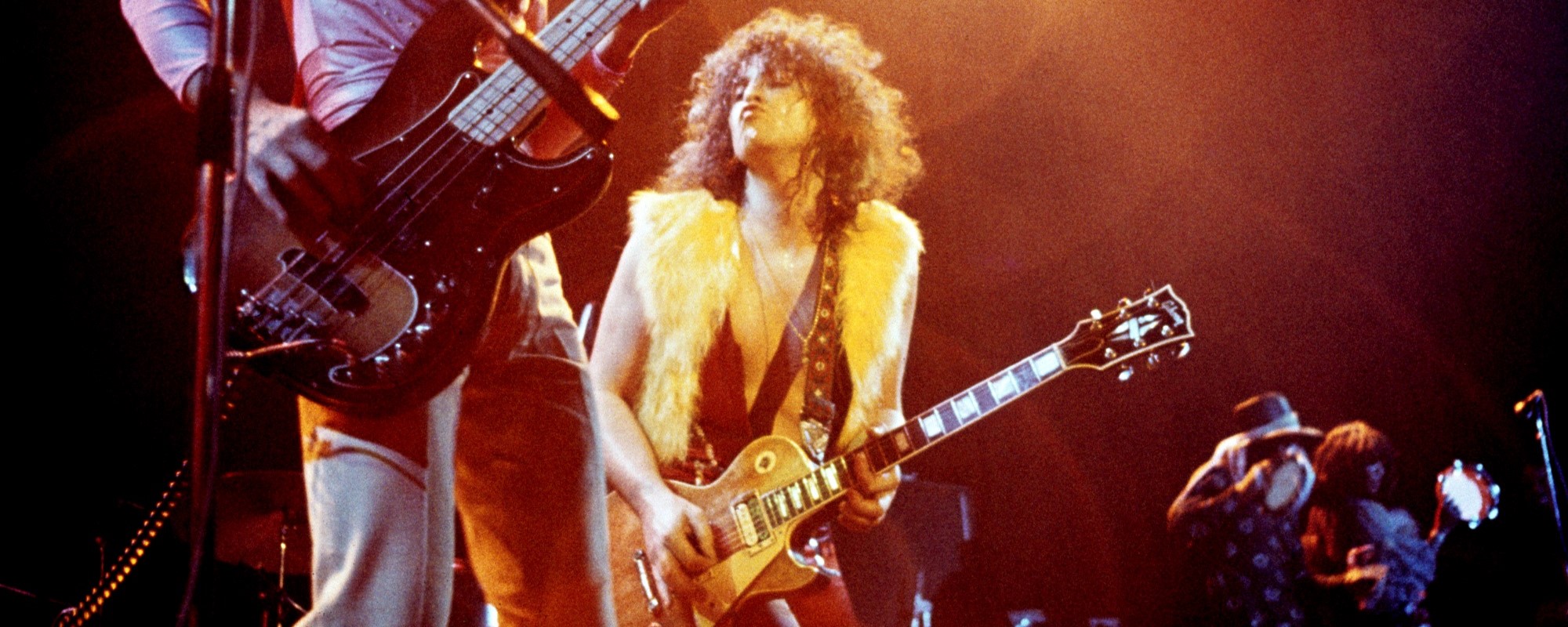
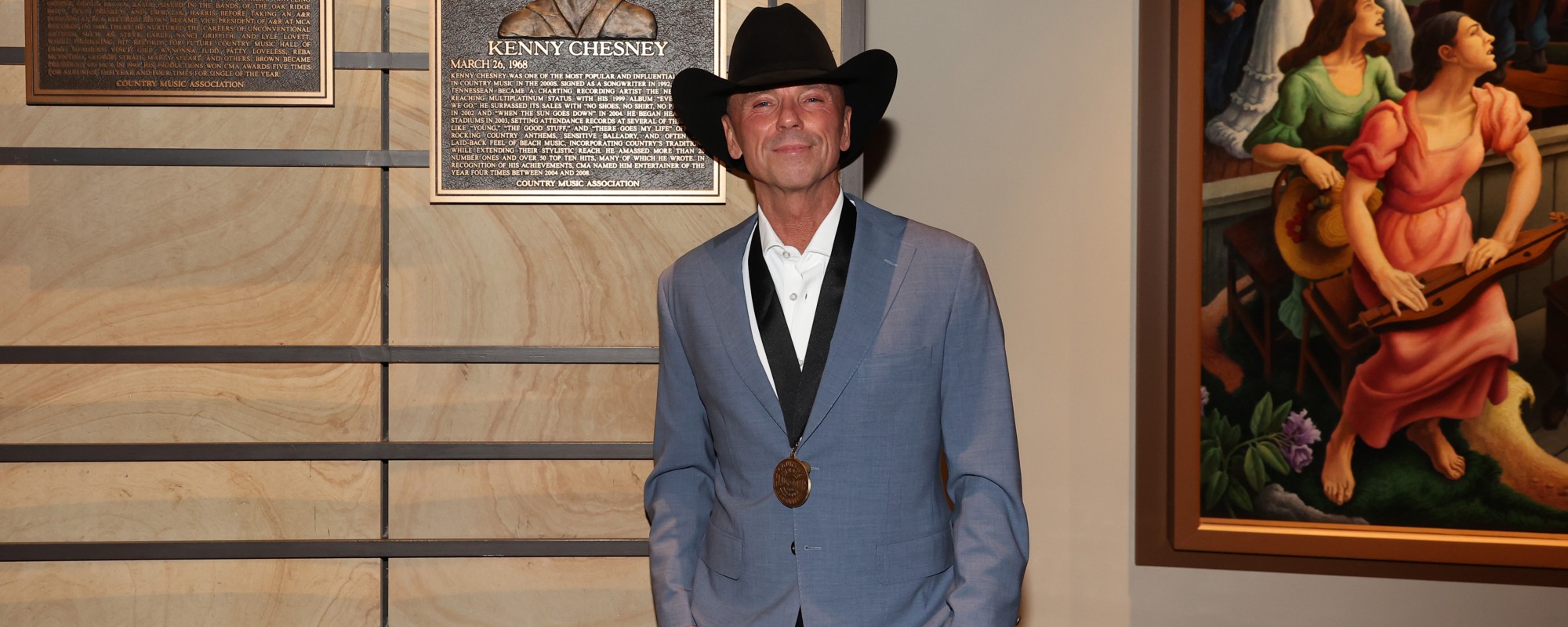

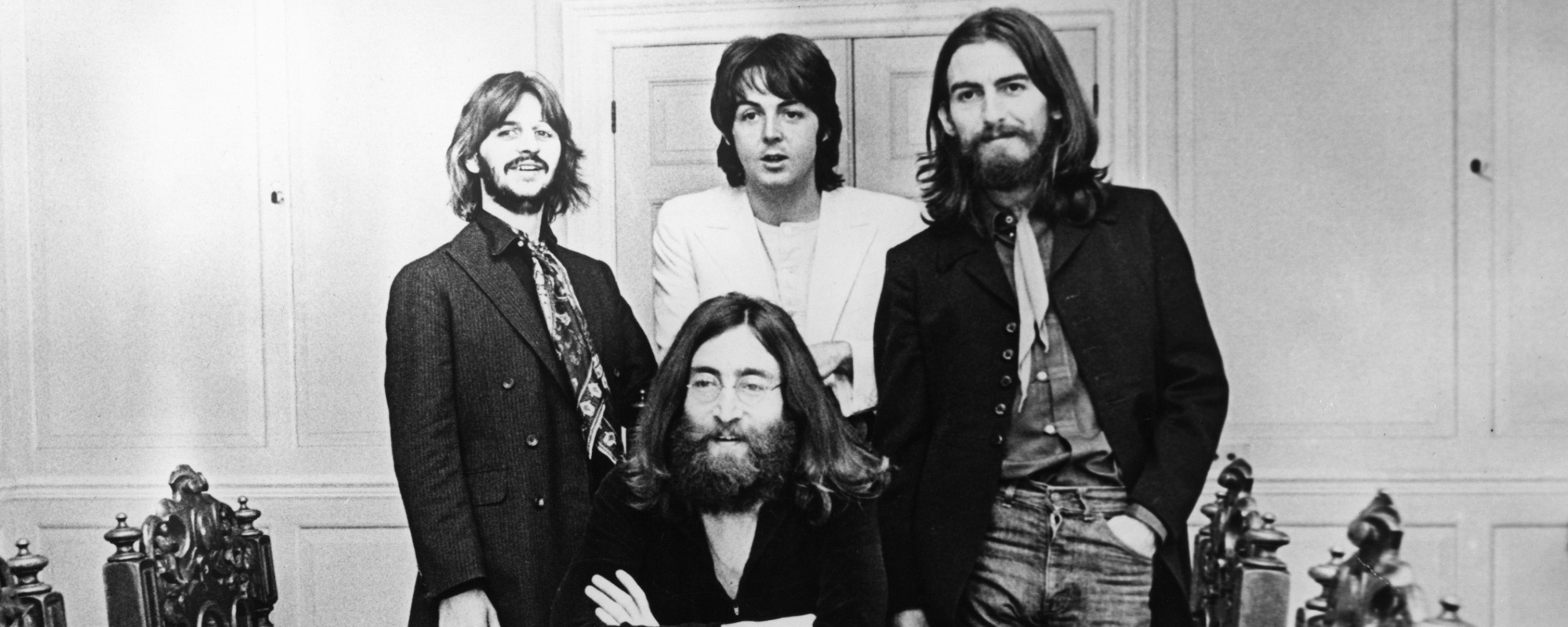
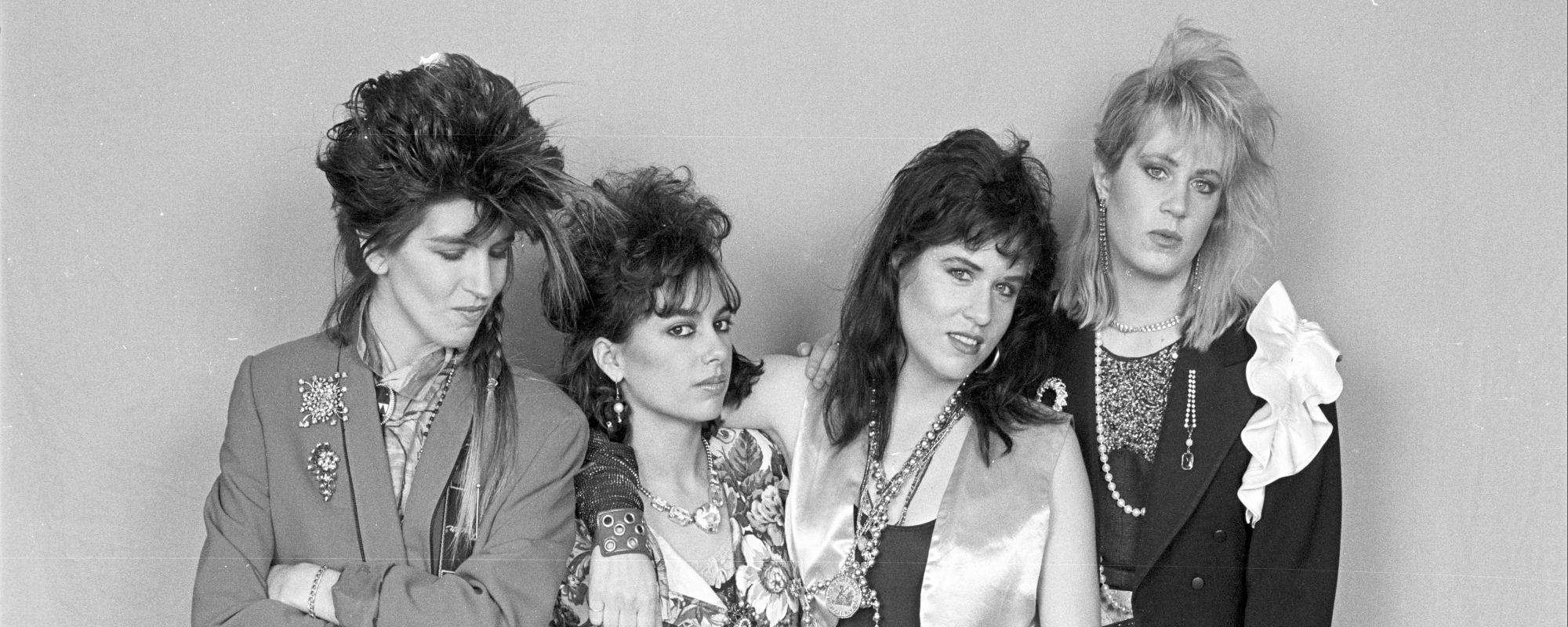
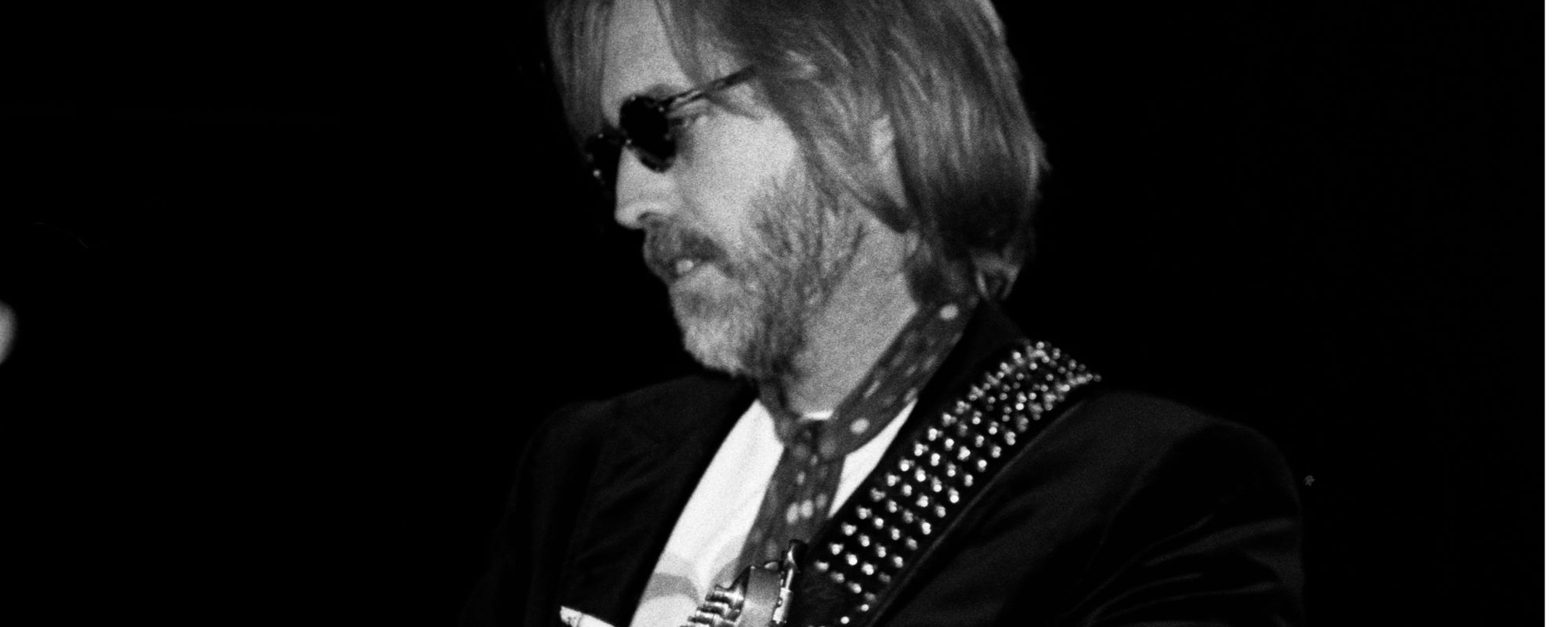
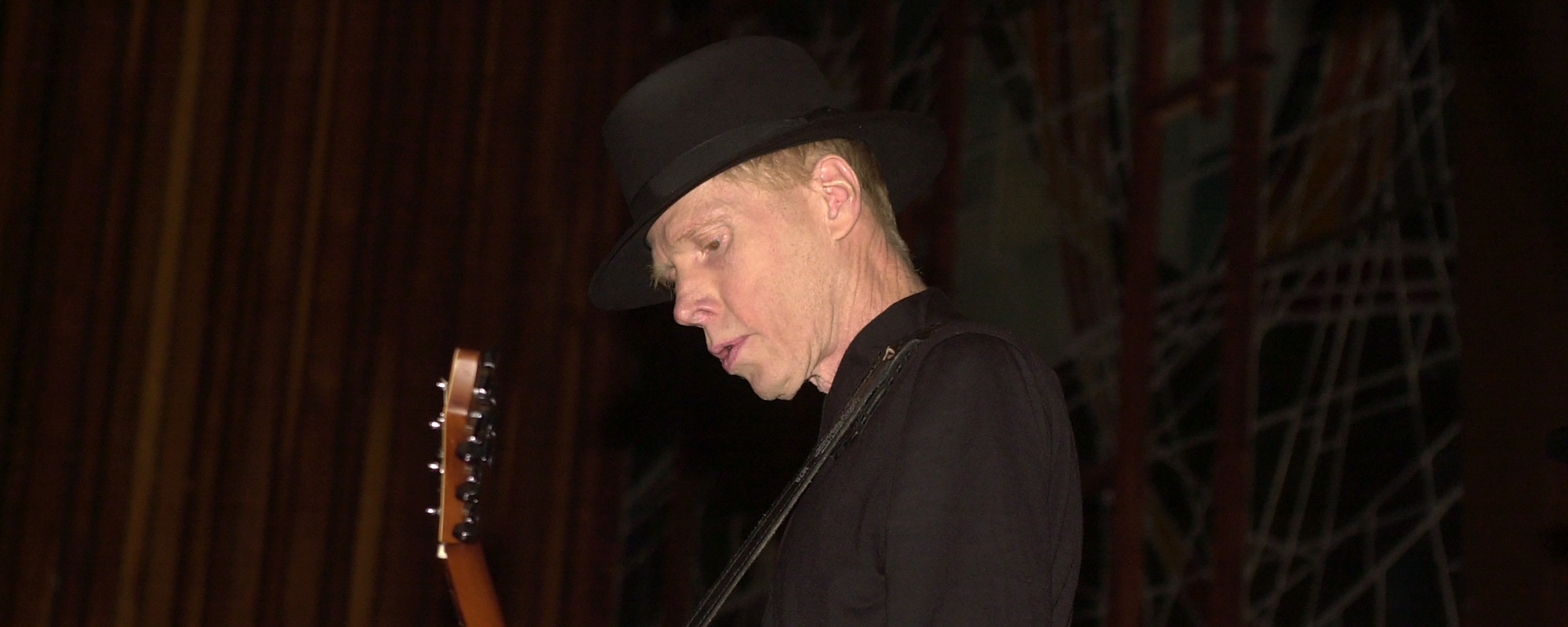

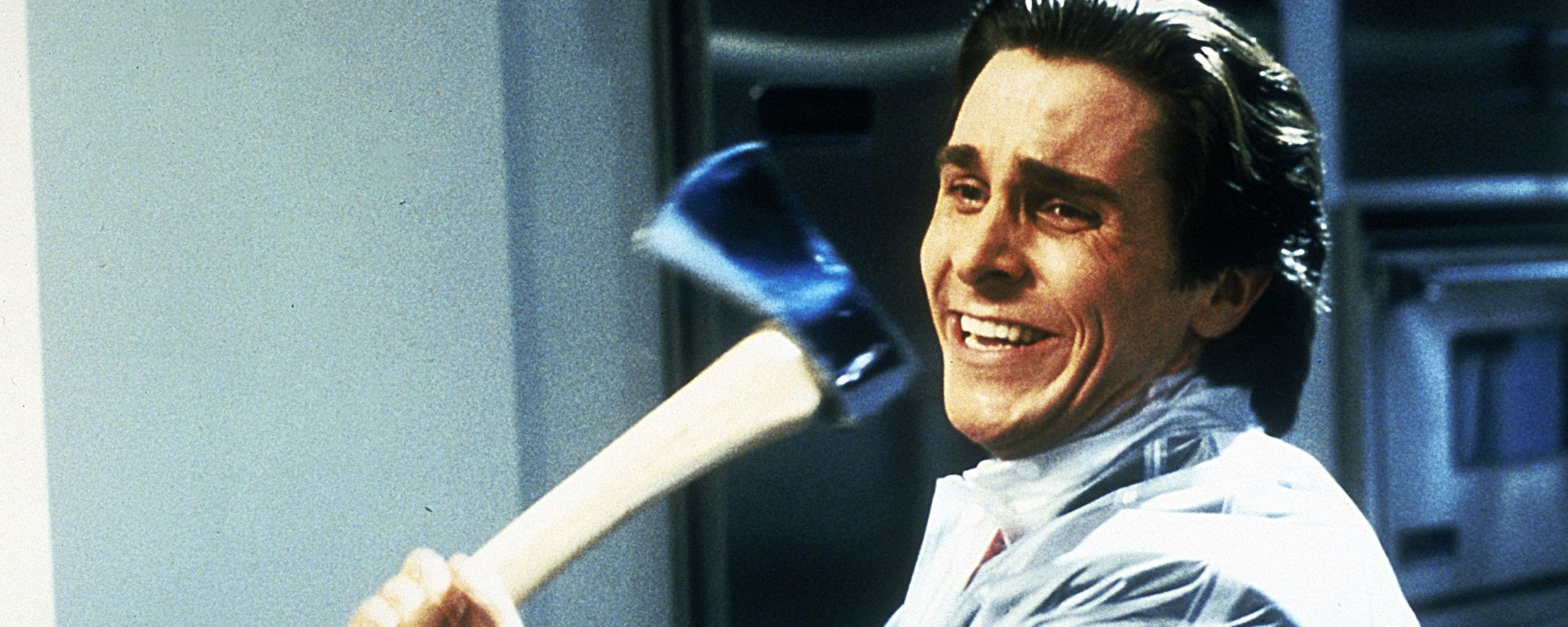
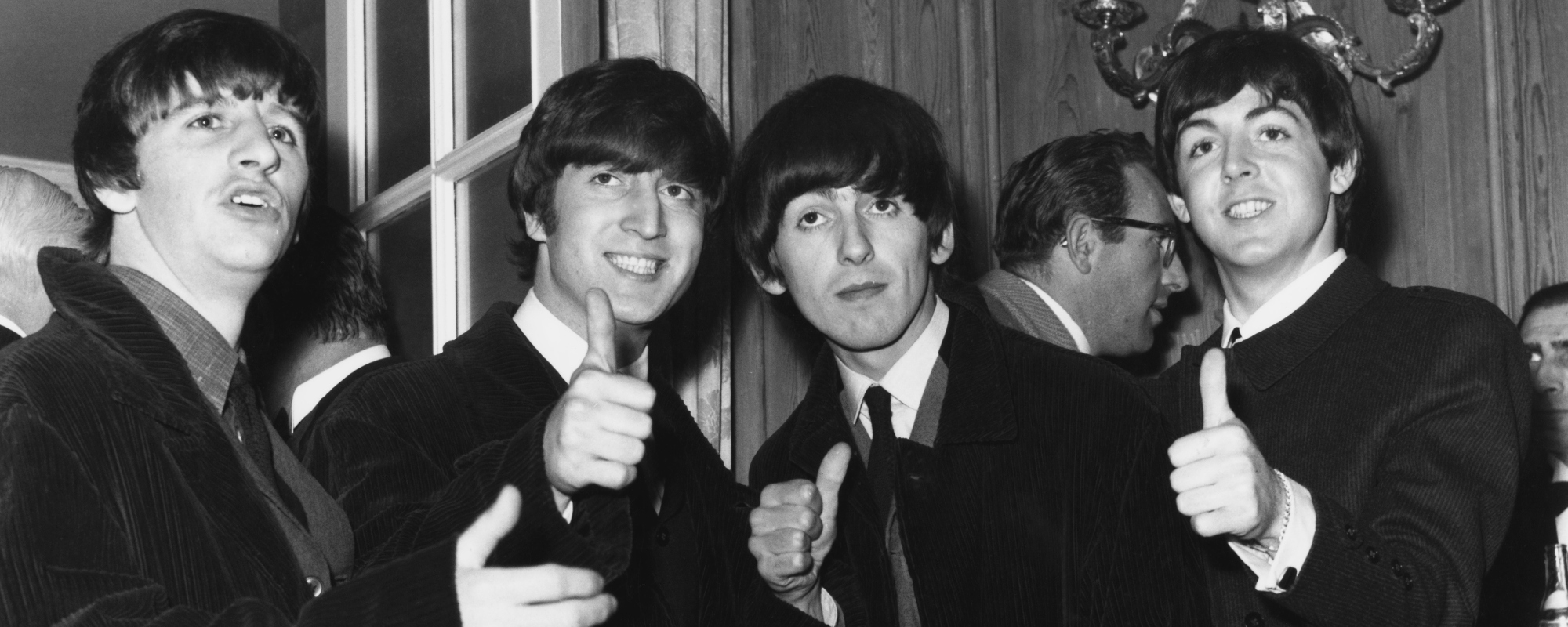
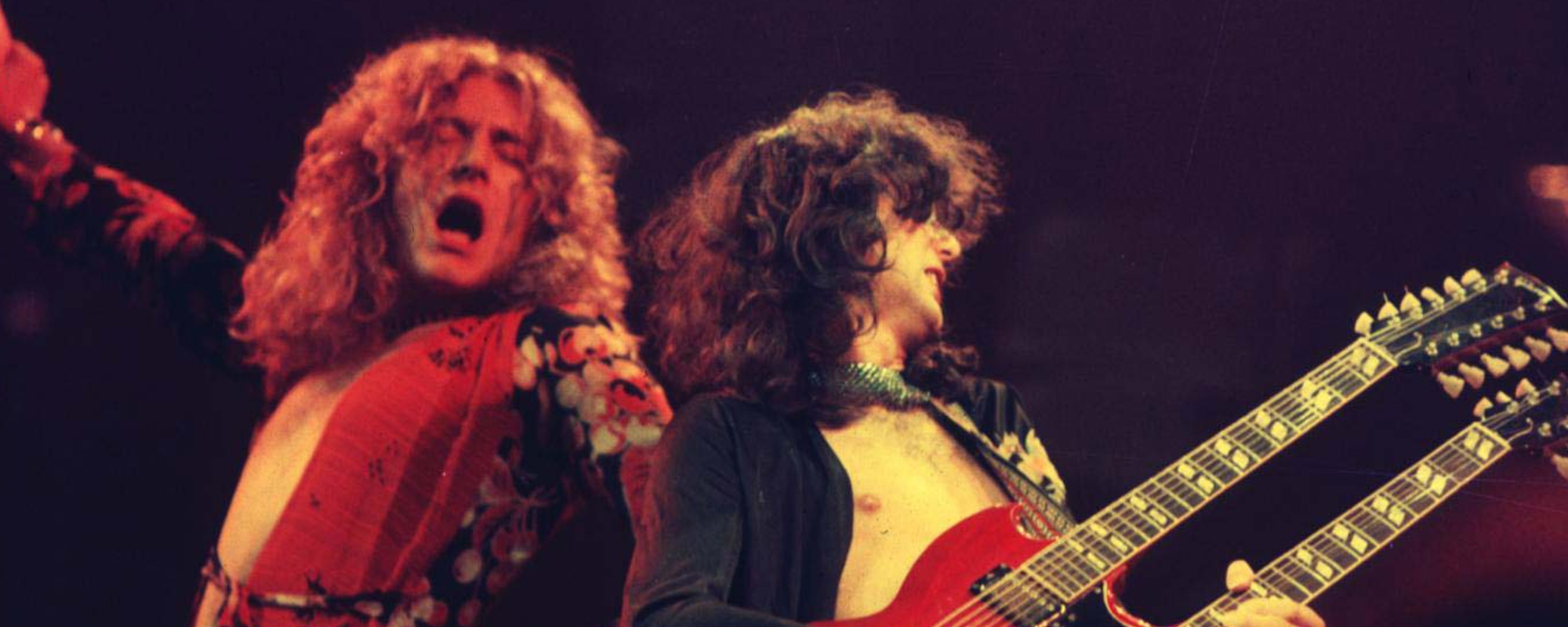
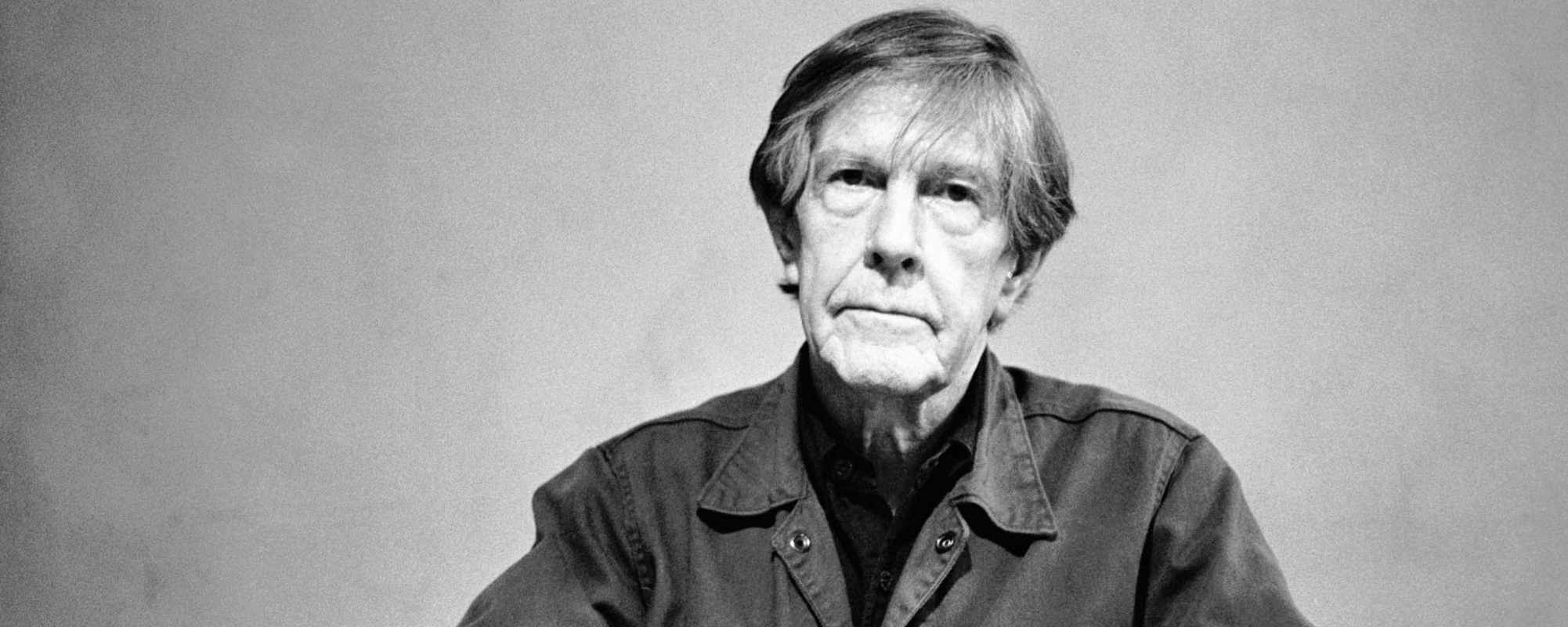
Leave a Reply
Only members can comment. Become a member. Already a member? Log in.